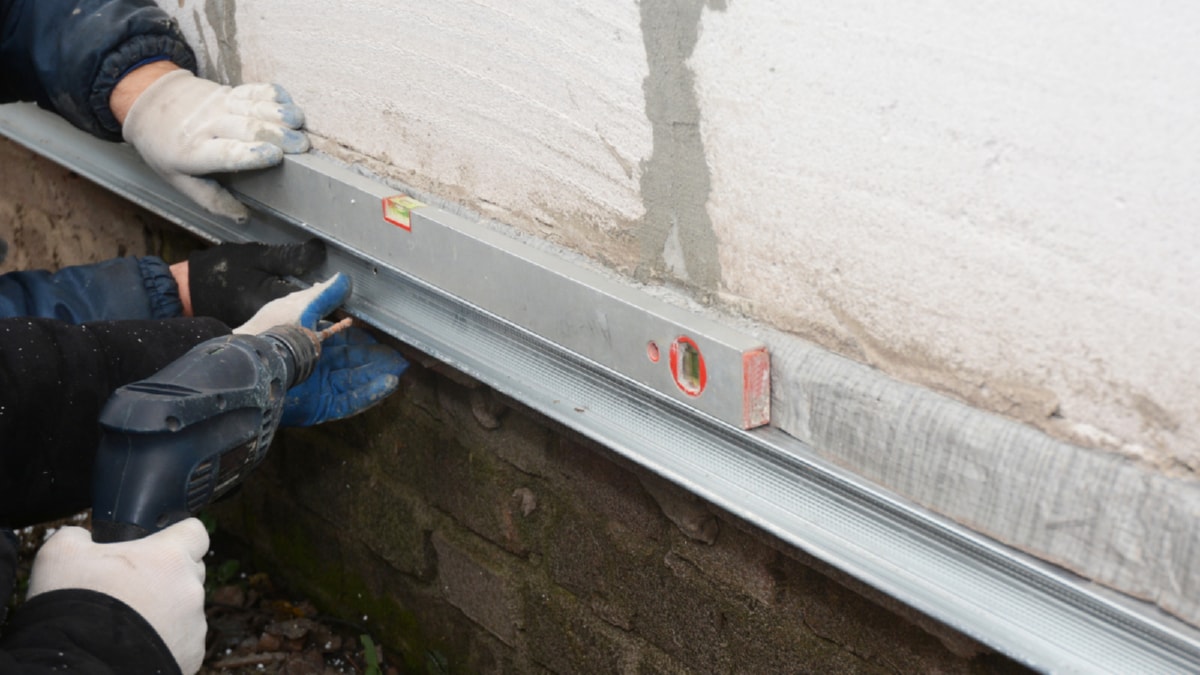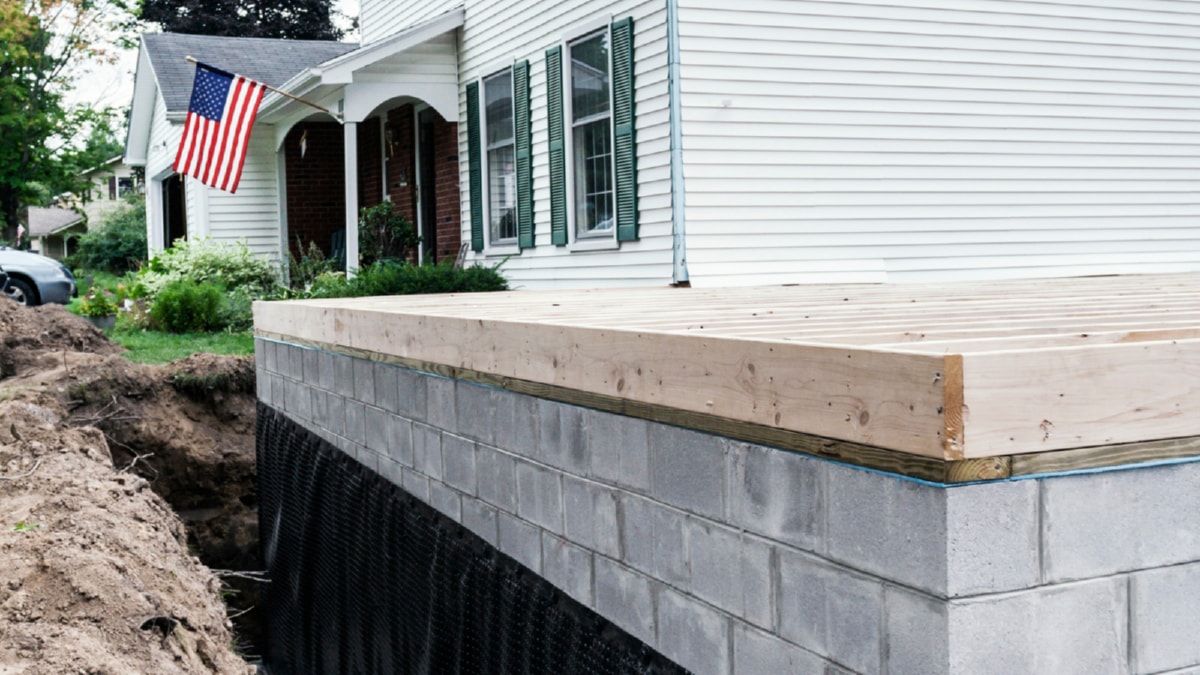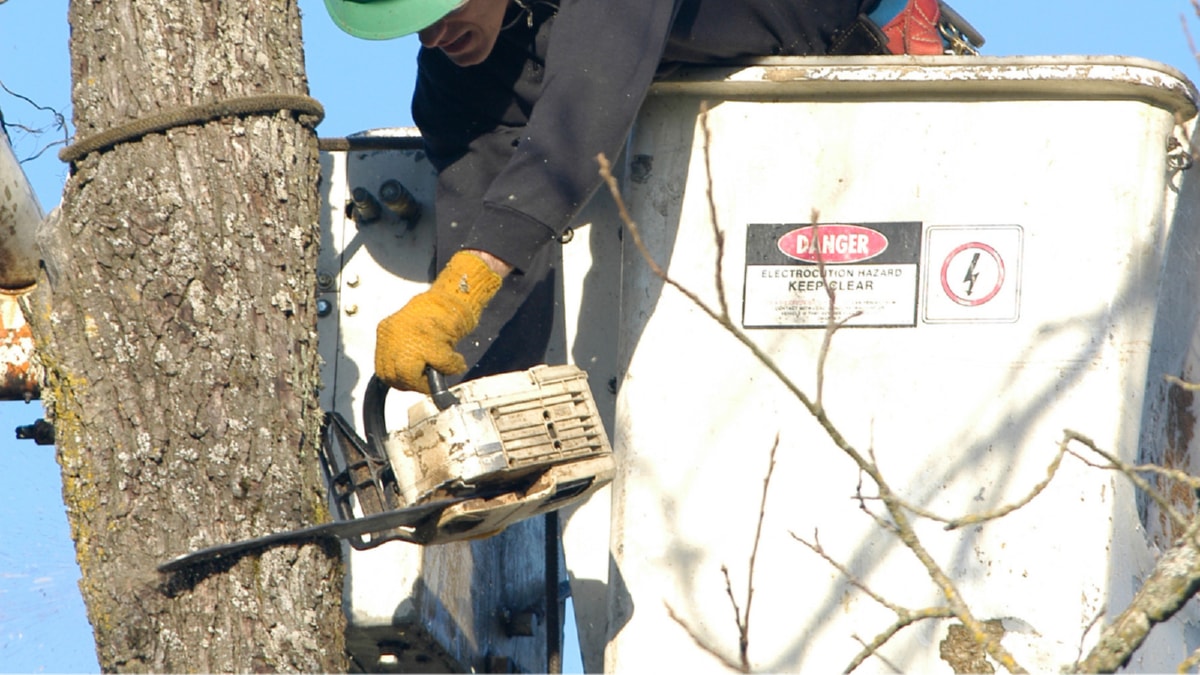The future of the construction industry is rapidly evolving with the advent of new technology. Embracing these changes can increase productivity, efficiency, and safety in construction, bringing about a revolution in the industry.
In the past, construction has been a labor-intensive industry, heavily reliant on manual labor and physical strength. However, with the rise of technology, there has been a marked increase in construction productivity. The use of advanced machinery has not only made construction projects faster but also more precise and efficient.
For instance, the use of drone technology in construction. Drones can efficiently and precisely survey a construction site, providing vital data that can help in planning and designing the project. They can also monitor ongoing construction work, identifying potential issues before they can escalate, thus enhancing productivity and reducing costs.
Similarly, Building Information Modelling (BIM) has been a game-changer in the construction industry. BIM is a digital representation of physical and functional characteristics of a facility. This technology enables construction professionals to visualize what is to be built in a simulated environment, spotting possible issues before construction begins. This can lead to major cost reductions in terms of both time and money.
Furthermore, the rise of robotics in construction is paving the way for an era of increased productivity. From bricklaying robots to autonomous construction vehicles, these innovations are carrying out jobs more quickly and with greater precision than human workers. Not only does this increase productivity, but it also significantly reduces the risk of accidents.
However, the integration of technology in construction is not just about increasing productivity and efficiency. It also plays a crucial role in enhancing safety measures. For example, the integration of wearable technology, is increasingly common on construction sites. These devices can monitor workers’ vital signs, alerting them to potential health risks such as overexertion or heatstroke. In addition, augmented reality (AR) can be used to simulate hazardous scenarios for training purposes, preparing workers for real-life situations without putting them in harm’s way.
In conclusion, the future of construction lies in embracing technology. These innovations are not only reshaping the way we build but are also making construction sites safer and more efficient. As we continue to develop and integrate these technologies, we can expect to see a significant rise in construction productivity and safety. The future of construction is here, and it is driven by technology.
For more details, check best Insulation Solutions in Wexford or visit their Insulation Services Wexford business listing here.




